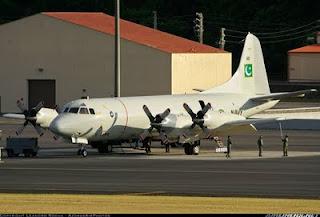Role Multirole fighter aircraft
National origin France
Manufacturer Dassault Aviation
First flight 4 July 1986
Introduced 4 December 2000
Primary users French Air Force French Navy
Program cost €39.6 billion (1 January 2008[1])
Unit cost Rafale C: €64 million, US$82.3 million (flyaway cost, 2008)
Rafale M: €70 million, US$90.5 million (flyaway cost, 2008)
Average unit cost: €138.46 million (including development, 2008)
Role Multirole fighter
Manufacturer Eurofighter GmbH
First flight 27 March 1994
Introduced 4 August 2003
Primary users Royal Air Force Luftwaffe Italian Air Force Spanish Air Force
Number built 260 as of January 2011 471 ordered (as of January 2009)
Unit cost €90 million (system cost Tranche 3A) 125M£ (including development + production costs)
Developed from British Aerospace EAP
Variants Eurofighter Typhoon variants
National origin France
Manufacturer Dassault Aviation
First flight 4 July 1986
Introduced 4 December 2000
Primary users French Air Force French Navy
Program cost €39.6 billion (1 January 2008[1])
Unit cost Rafale C: €64 million, US$82.3 million (flyaway cost, 2008)
Rafale M: €70 million, US$90.5 million (flyaway cost, 2008)
Average unit cost: €138.46 million (including development, 2008)
Role Multirole fighter
Manufacturer Eurofighter GmbH
First flight 27 March 1994
Introduced 4 August 2003
Primary users Royal Air Force Luftwaffe Italian Air Force Spanish Air Force
Number built 260 as of January 2011 471 ordered (as of January 2009)
Unit cost €90 million (system cost Tranche 3A) 125M£ (including development + production costs)
Developed from British Aerospace EAP
Variants Eurofighter Typhoon variants



















































